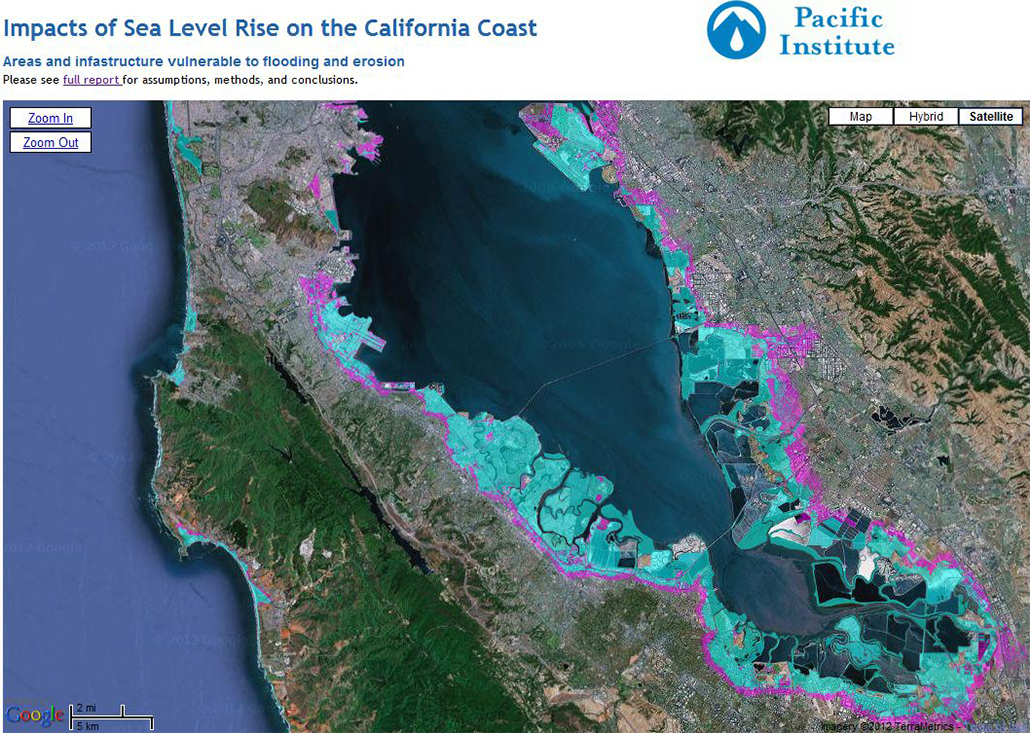Western Horizons for U.S. Climate Policy
Place: California • Date: 2007 • Partner: Energy Foundation
Project Summary
The Western Climate Initiative (WCI) is a collaboration established on February 26, 2007 between the governors of Arizona, California, New Mexico, Oregon, and Washington to devise and adopt policies that would more effectively address climate change, primarily through lowering greenhouse gas emissions within the entire region. Montana, Utah, British Columbia, Manitoba, and Quebec later became WCI partners within months. By August 2007, all WCI participants collectively agreed on an aggregate reduction of 15% below 2005 emission levels by 2020. By September of 2008, WCI was finalizing discussions of market based mechanisms to help achieve these reduction goals through cap and trade, carbon offsets, etc.
This report provides an in-depth analysis of the economic implications for climate change and climate policy for the Western US states who are members of the WCI. Due to date and resource limitations, we do not analysis the Canadian provinces who are WCI members. While this is an important omission, the results and insights obtained here remain of considerable relevance to climate policy in the region, nationally, nad even globally. As more appropriate data become available, the same detailed economic assessment can be extended to include all WCI members, but the main insights obtained and set forth in this work are likely to remain.
To evaluate the economic implications of western regional climate policy, we used a state-of-the art forecasting model that modeled detailed economic interactions within and between the seven US state members of the WCI, comparing impacts of different design schemes for GHG mitigation through Cap and Trade market mechanisms. In addition to many detailed findings for individual states and sectors, three overarching conclusions follow from our analysis:
- The member states are very diverse, particularly with respect to the carbon intensity of aggregate and sectoral production, and this diversity will significantly influence WCI adjustment experience.
- Simply putting a price on carbon emissions, without complementary policies that recognize adjustment needs and incentive properties, will undermine economic growth for the member economies, particularly those with high initial carbon liabilities.
- Determined efforts to promote greater efficiency on the demand side of energy markets, as well as alternative fuel and renewable technology development on the supply side, can be combined with Cap and Trade mitigation to significantly accelerate growth, and more so in states with higher initial carbon liabilities.
In other words, every state can accelerate growth by promoting three climate strategies in unison: GHG mitigation via Cap and Trade, energy efficiency, and renewable energy development. Ironically, the more carbon dependent the economy, the higher its downside risk from pursuing Cap and Trade alone, but the higher too is the upside potential from promoting energy efficiency and renewable alternatives to traditional carbon fuels.
Thus we are reminded of the inexorable link between innovation and growth, as we have seen again and again since the Industrial Revolution set us on a path toward living standards beyond the imagining of our ancestors. Technological change always offers new opportunities for economic expansion, but only to those who adapt and overcome emerging constraints. In agriculture, the constraint in the last century was arable land area, and agricultural technology overcame this. In the era of globalization, the constraint was on wage appreciation, and knowledge-intensive firms overcome this with ever higher labor productivity. Today, the constraint is carbon intensity, and economies that overcome it with ever greater energy efficiency will discover a potent catalyst for growth.
It is clear from our analysis that heterogeneity of initial conditions matters very much to adjustments that will ensue from climate policy. From a policy perspective, evidence of this kind is very important to promote constructive stakeholder engagements anticipate adjustment needs. Any policy commitment as large and far reaching as a regional capand trade system will inevitably occasion structural change. Our results show, however, that significant growth potential exists within this process of change as long as policies include the right adaptation incentives. The more fully structural changes can be anticipated, the more effective and growth-oriented can be the complementary policies.
The next section gives an overview of the analytical tools use for this research, followed by discussion of the policy scenarios evaluated and the primary results. Following the results, we provide detailed background information on the policy context for WCI, including state-by-state information and background on WCI observer institutions and public interest stakeholders. This information is all combined in the present report to facilitate more inclusive and informed policy dialogue on the important emerging agenda of climate action.
Most Recent Entries

Low Carbon Biomass Conversion in the Sierra Nevada







